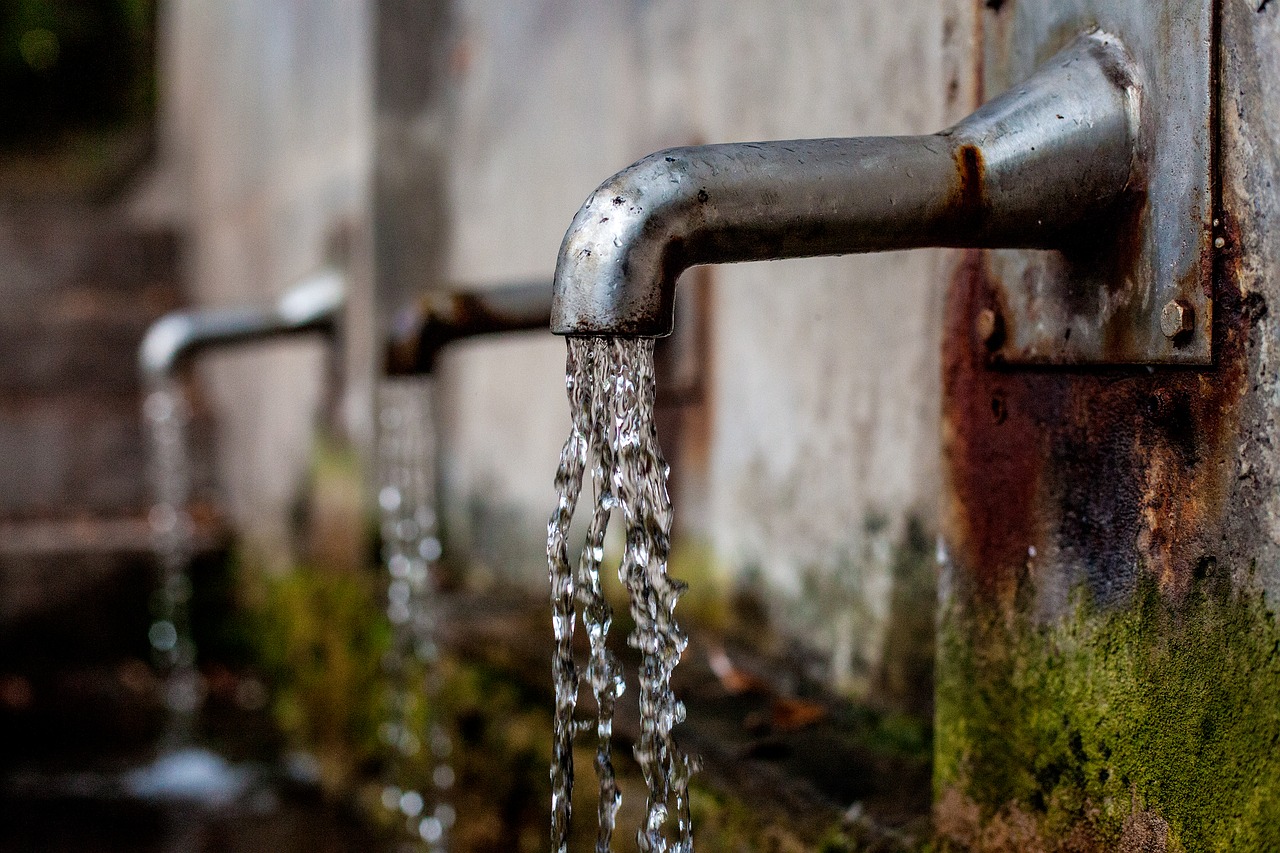Himalayan town Shimla is still under acute scarcity of water and many schools have declared holidays owing to shortages, price of water tankers have doubled to Rs. 6,000, and there have been reports of fighting over water.
Now, experts believe that Shimla is just the start, and that all hill stations in Uttarakhand are staring down at the same fate.
Uttarakhand which is considered reservoir for Indian subcontinent has faced drought in 10 out of 13 districts for two years from 2007-09. Residents of several villages near the tourist town of Nainital are facing an acute water shortage, and are travelling to travel about two kilometres to fetch drinking water.
According to sources, estimated about 2.6 lakh springs provide 90% of the drinking water sources in Uttarakhand and due to continued deforestation for projects like road construction, or to meet fuel and fodder, it was found that discharges of 500 water supply sources including springs, streams, ponds etc have reportedly reduced by more than 50%. Climate change will further amplify reduction of local water resources.
Study was conducted at block level in districts like Dehradun, Haridwar, Champawat, Pauri and Tehri Garhwal. Champawat last year. Champawat accounts for the maximum number of villages, 85% along the slopes thereby making it more vulnerable to both water scarcity, precipitation induced landslides and non-climate hazard such as earthquake.
Dehradun and Garhwal districts have highest water crisis cases, due to their poor surface water and ground water availability across the year. The study also found that primary reason for the impending water crisis is lack of proper rainwater conservation and the consequent runoff. Therefore, in the absence of conservation, most of the rainwater in the region goes as runoff, and thus doesn’t percolate into subterranean aquifers. Consequently, groundwater doesn’t get recharged, and natural springs and spring-fed rivers start drying up.
Another survey on water sanitation found that in the district of Pauri alone, potable water supply from most gravity and pumping schemes had fallen by a massive 25% since 2005. This decline is owing to receding water levels in groundwater-fed natural springs, and this phenomenon is happening in different intensities across Uttarakhand.

